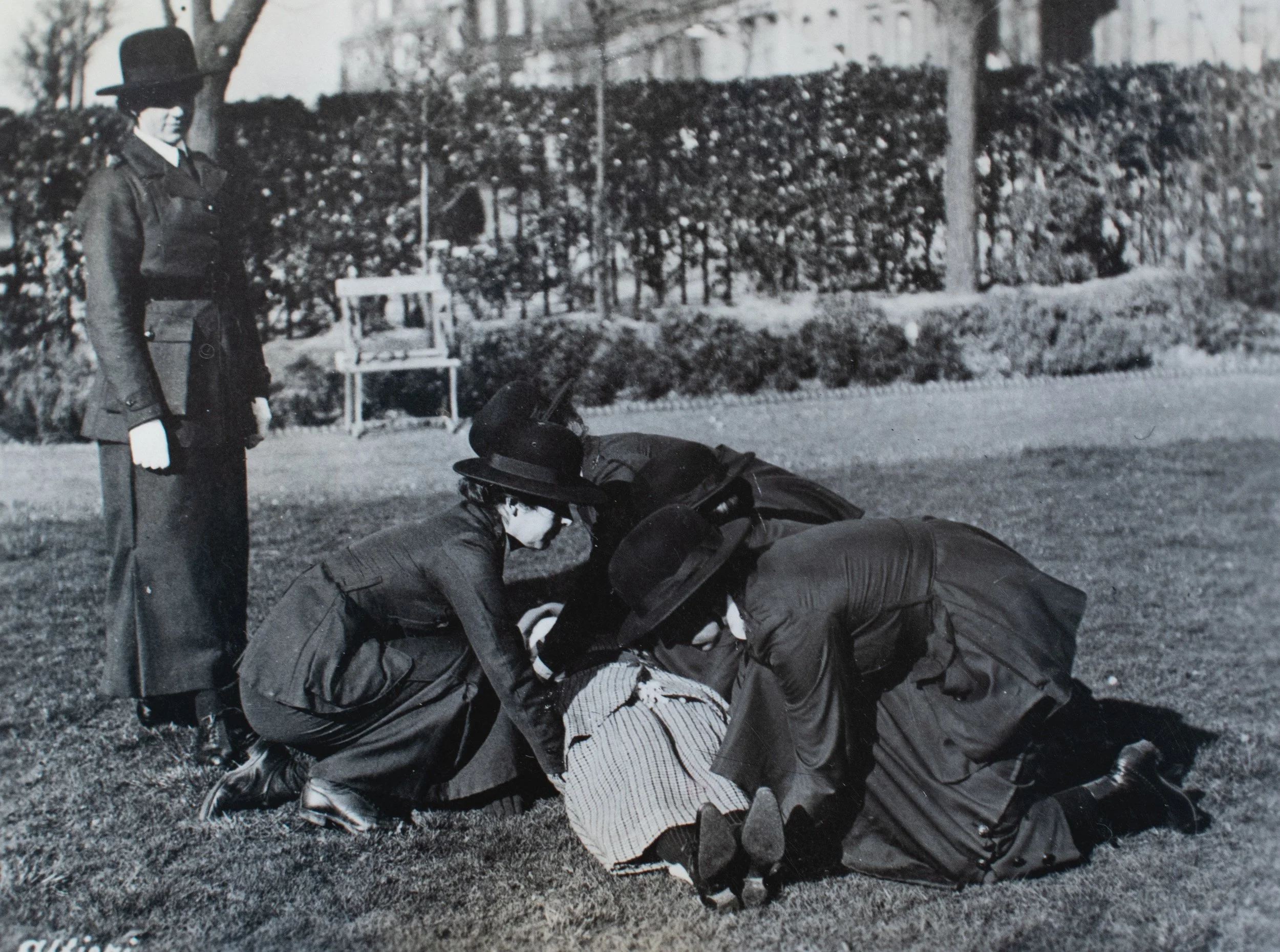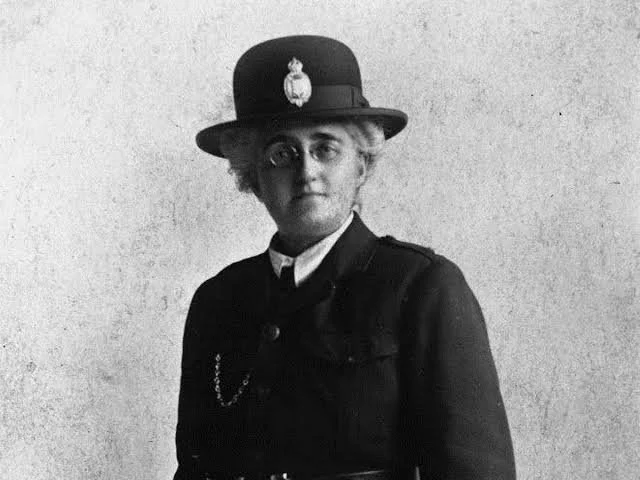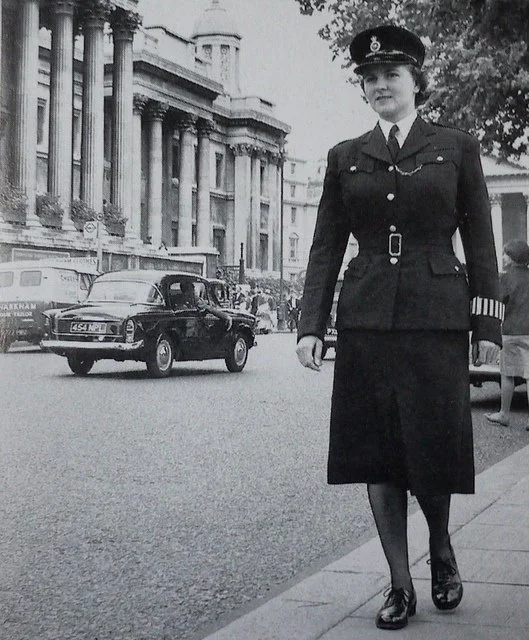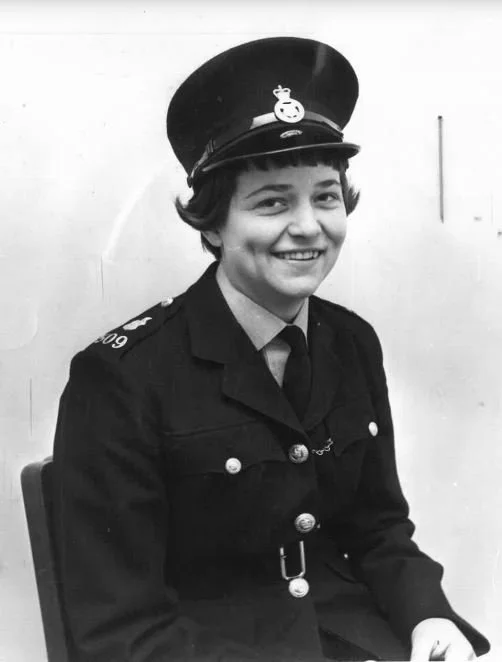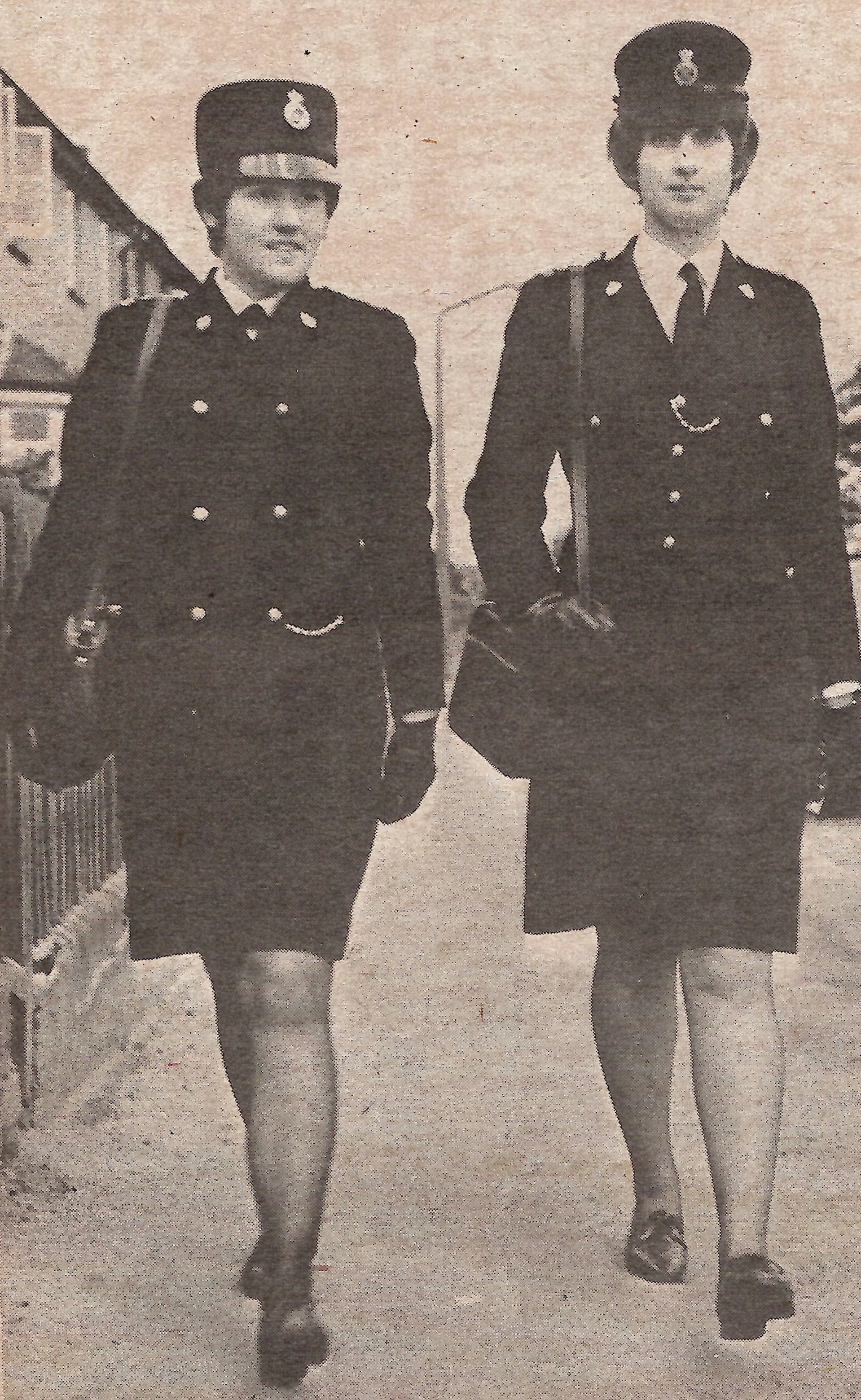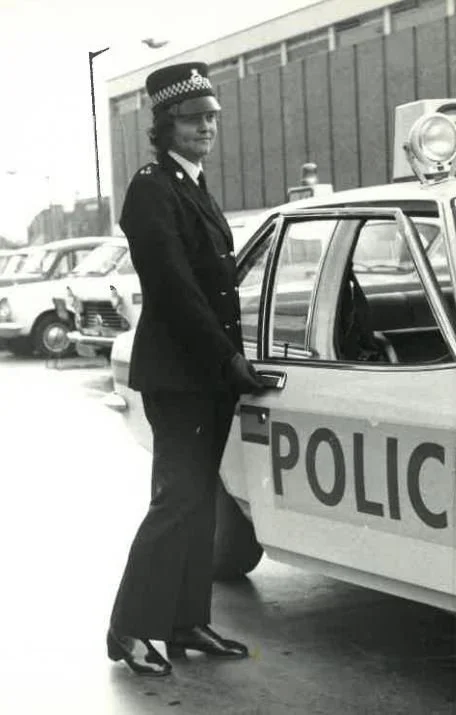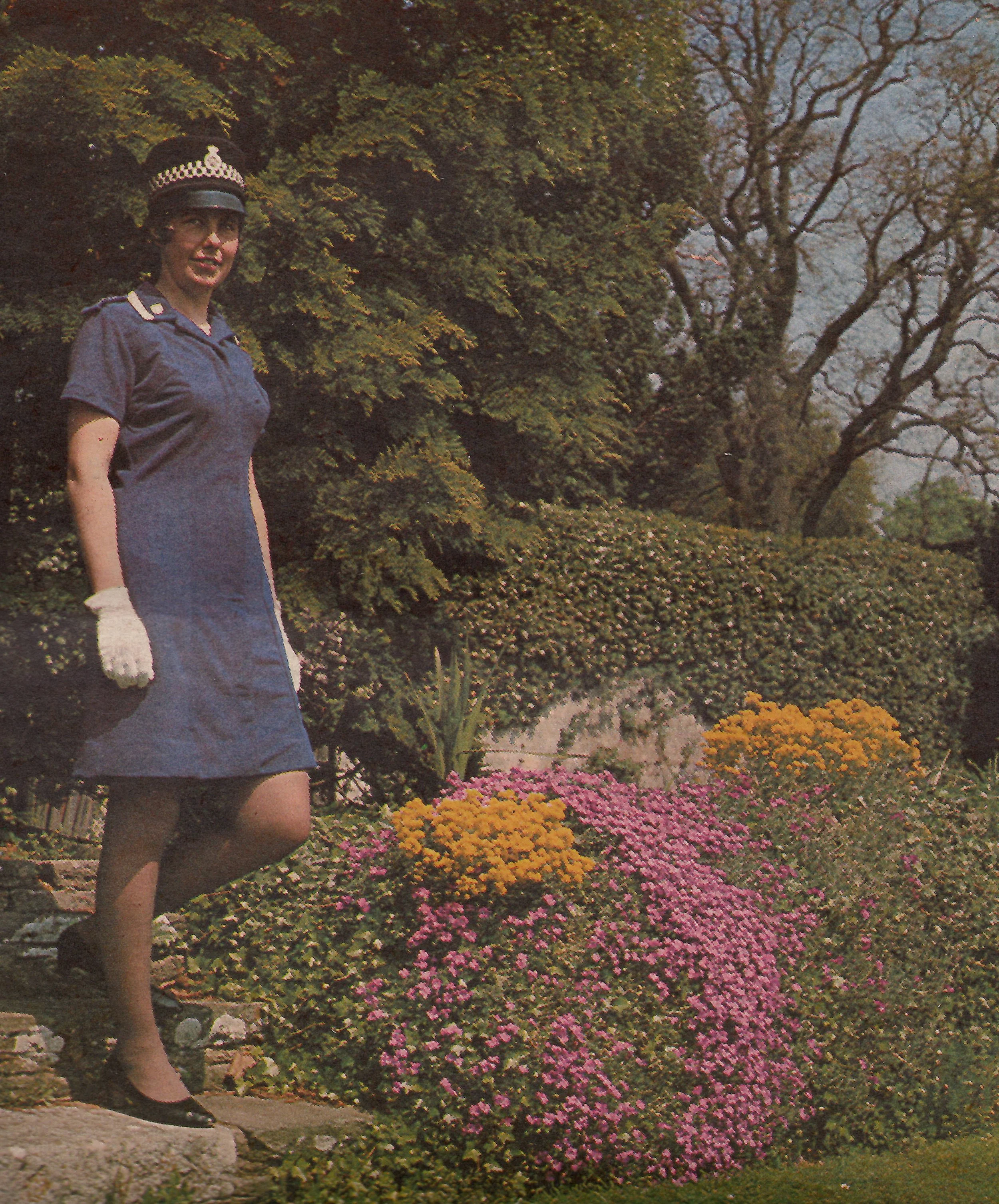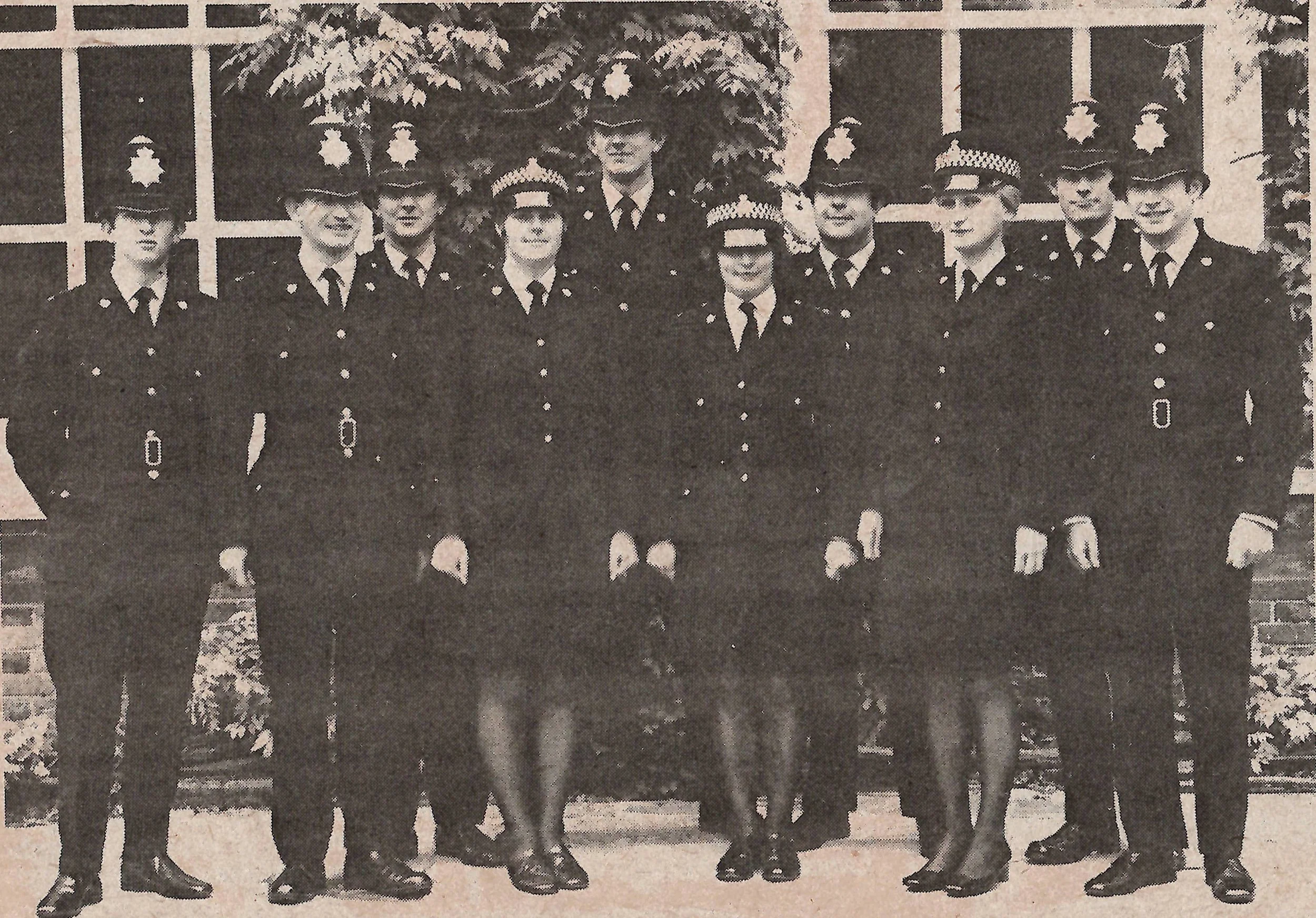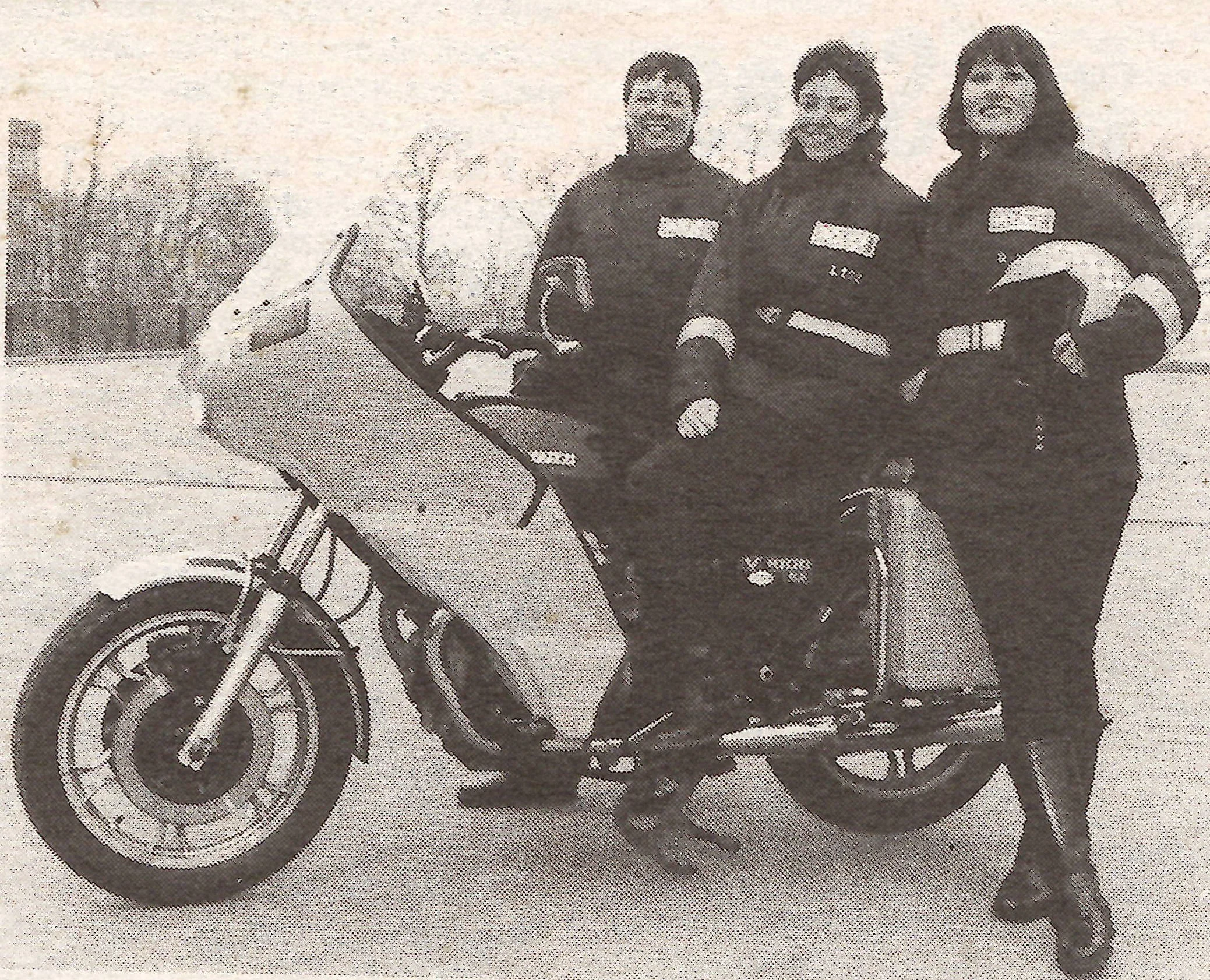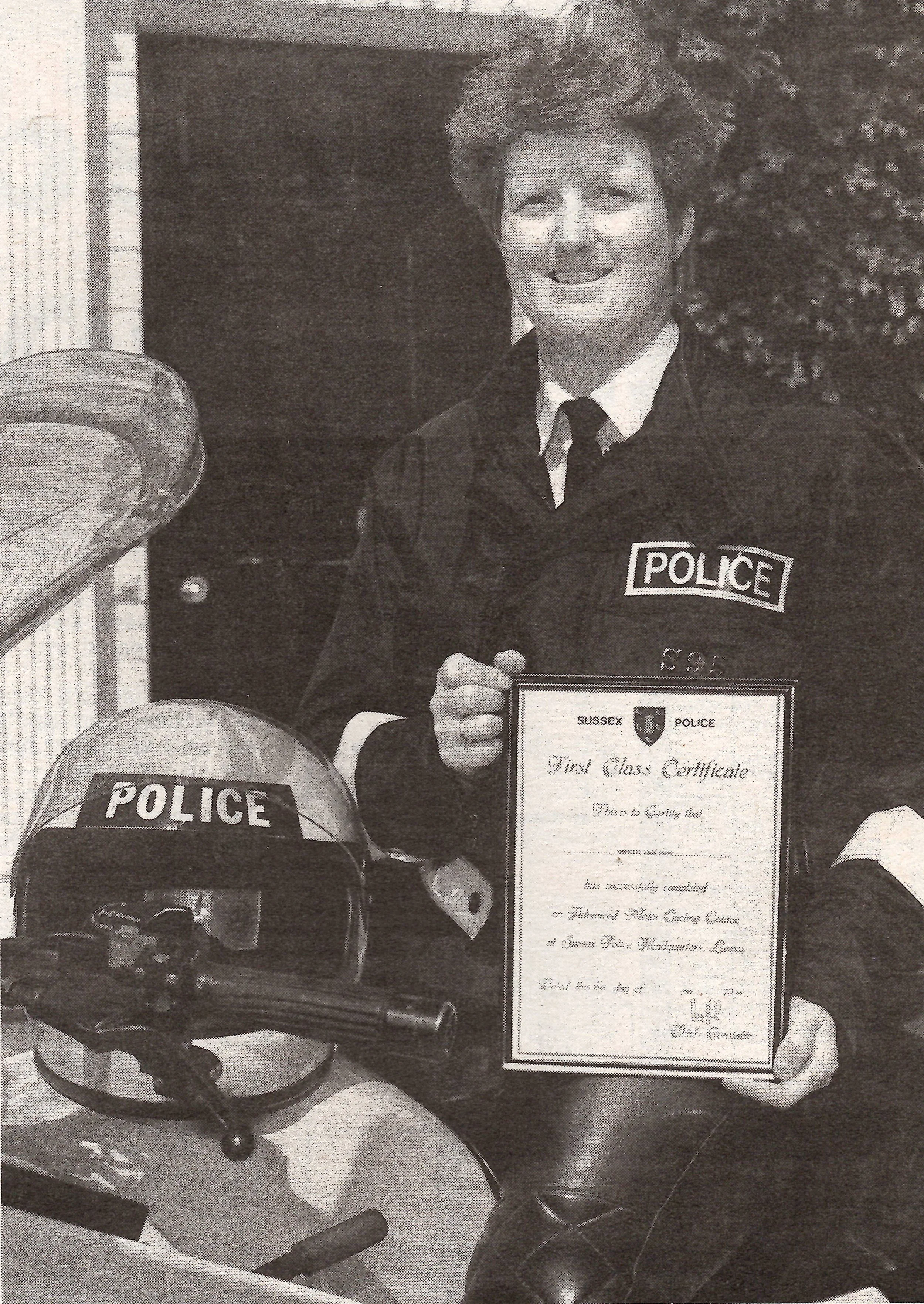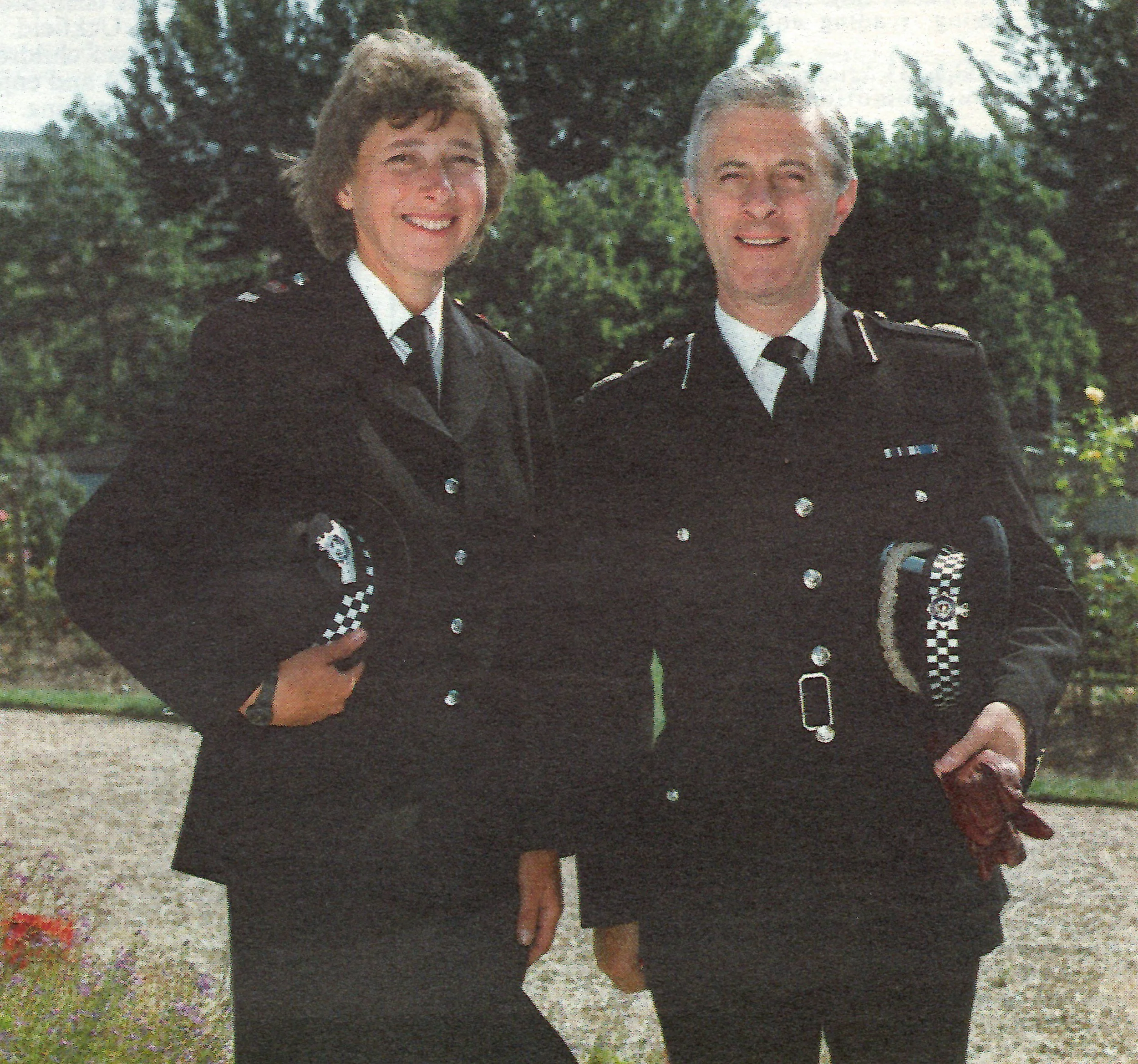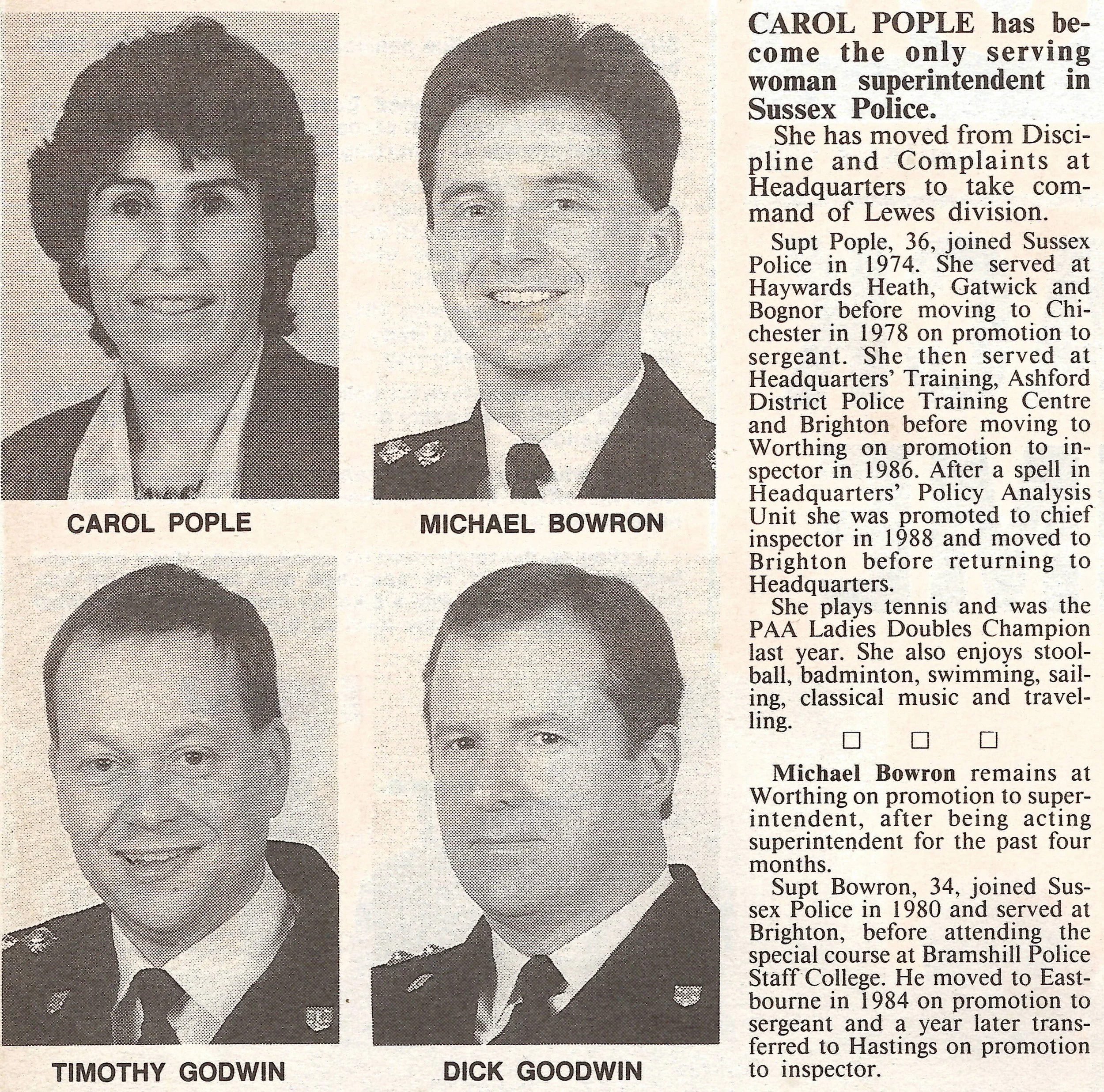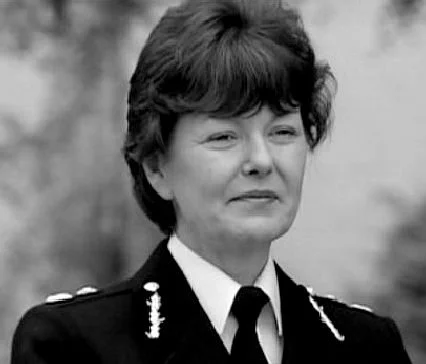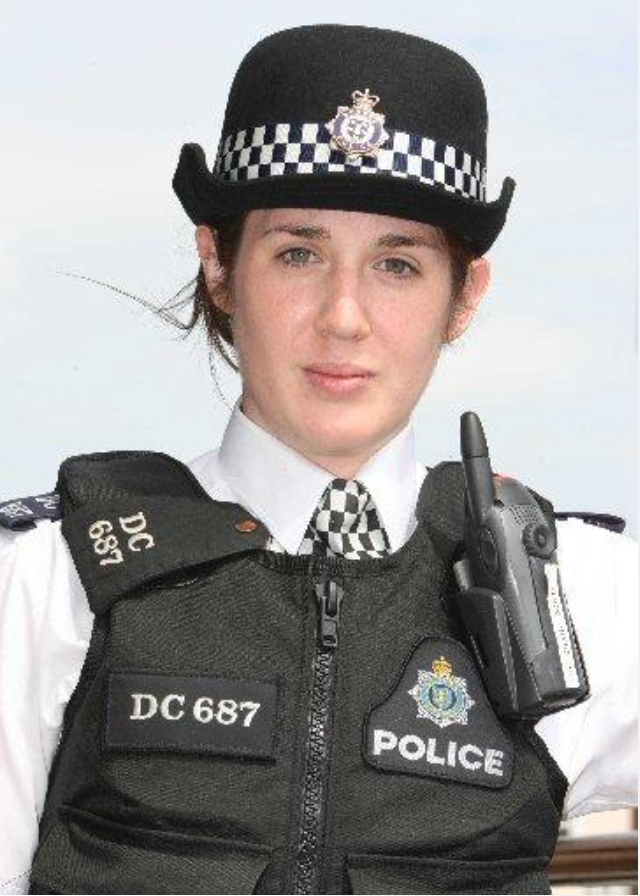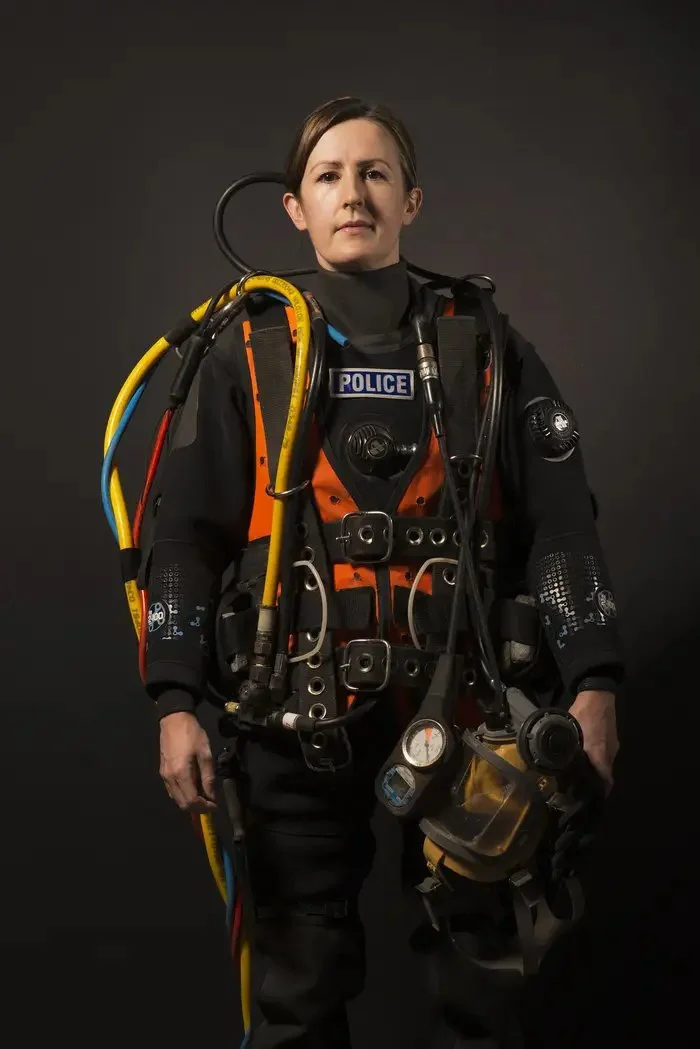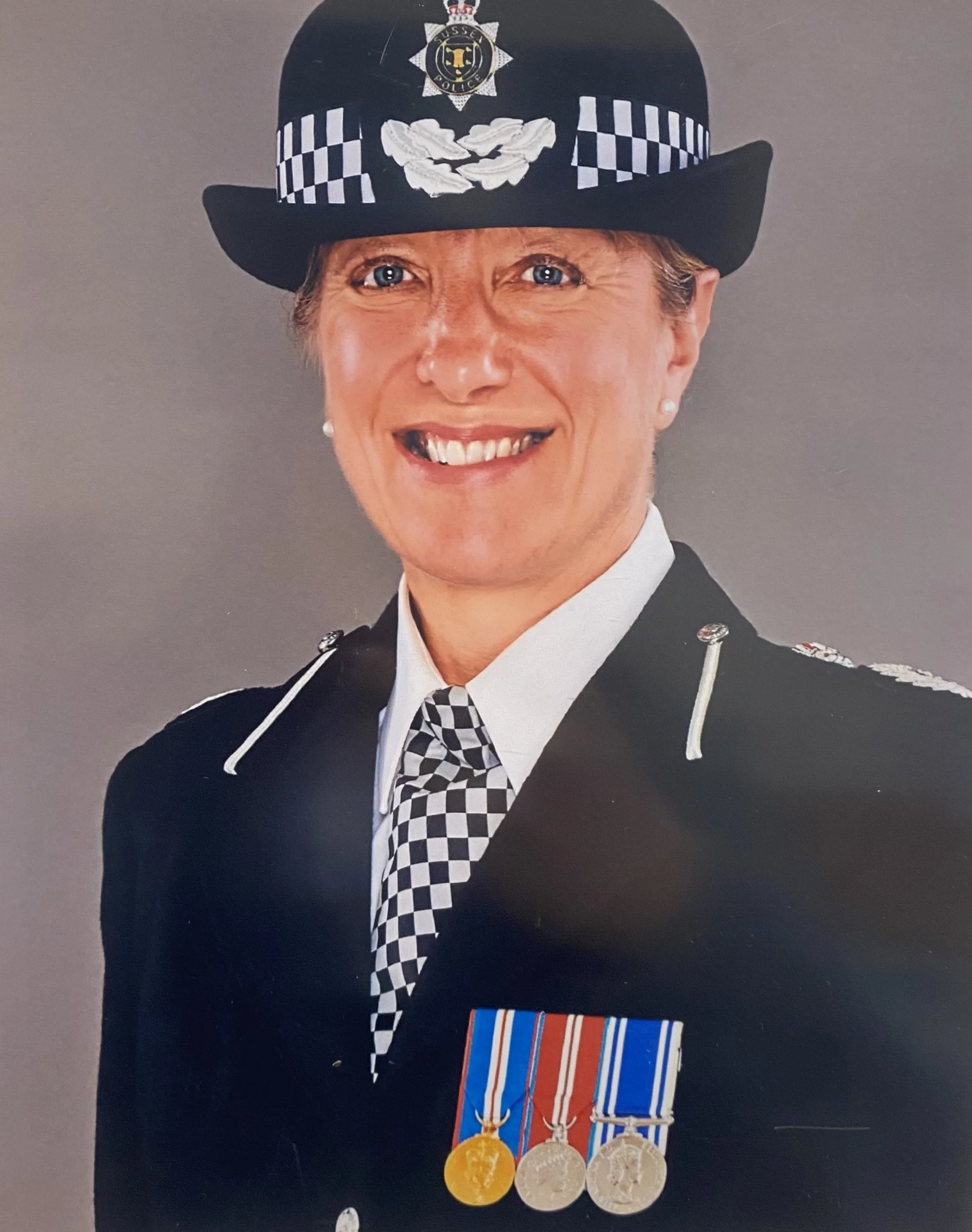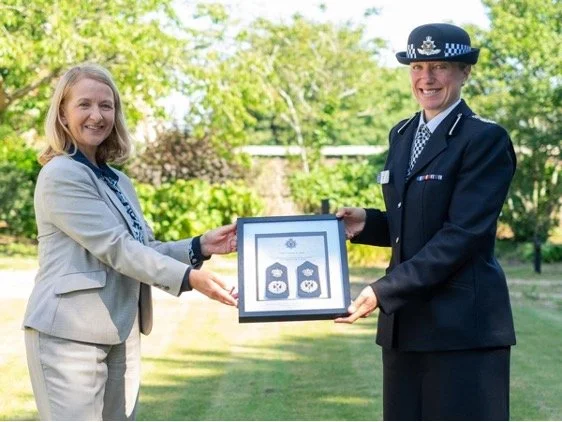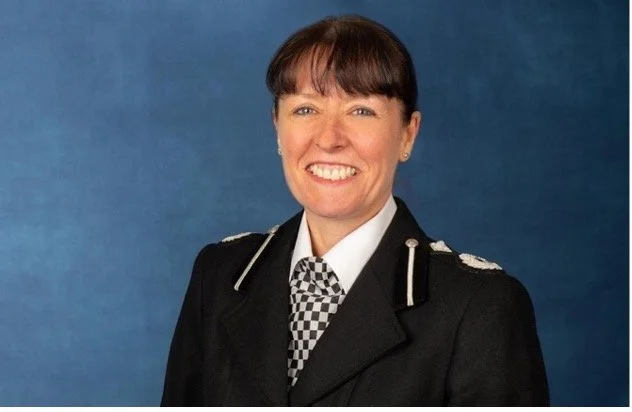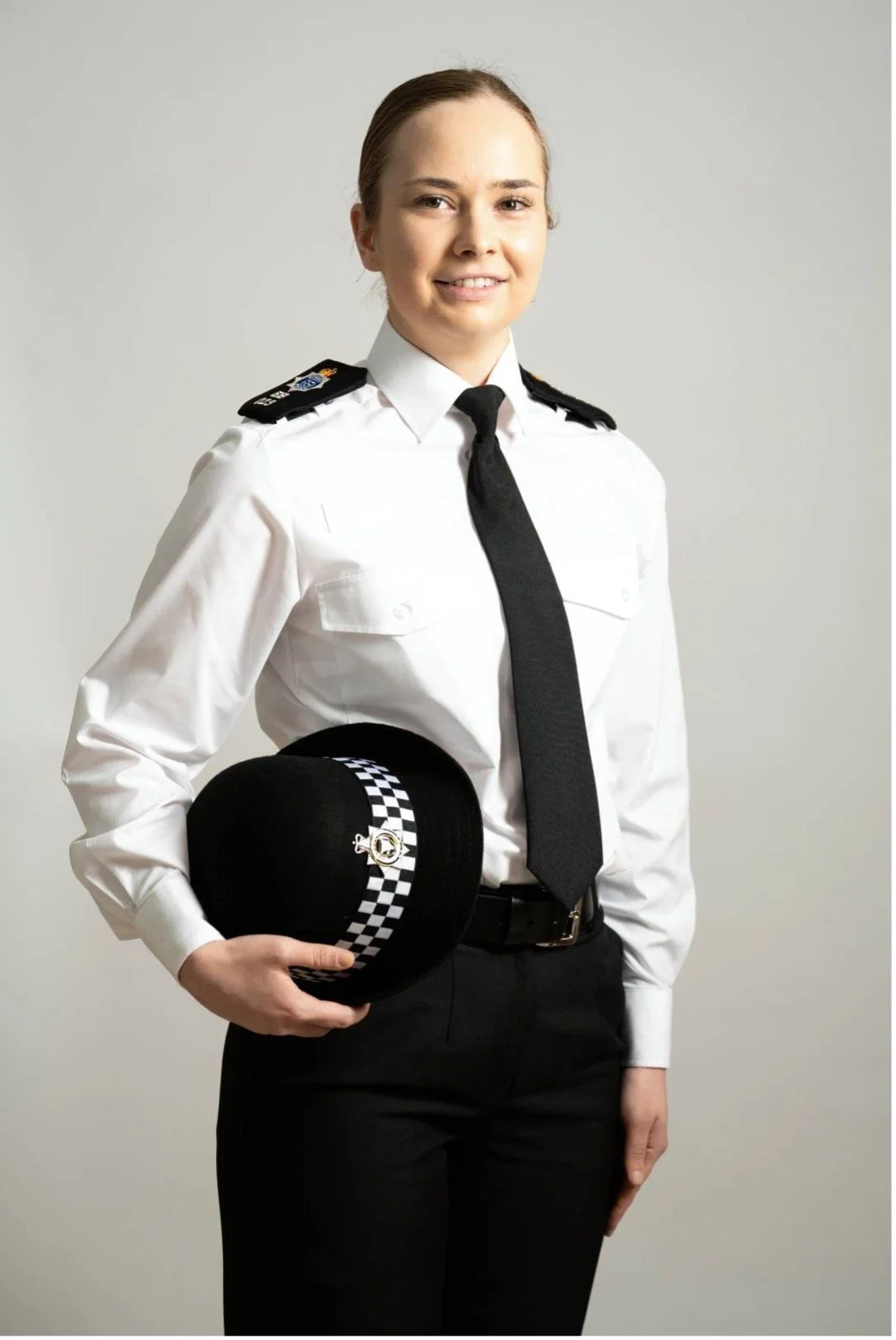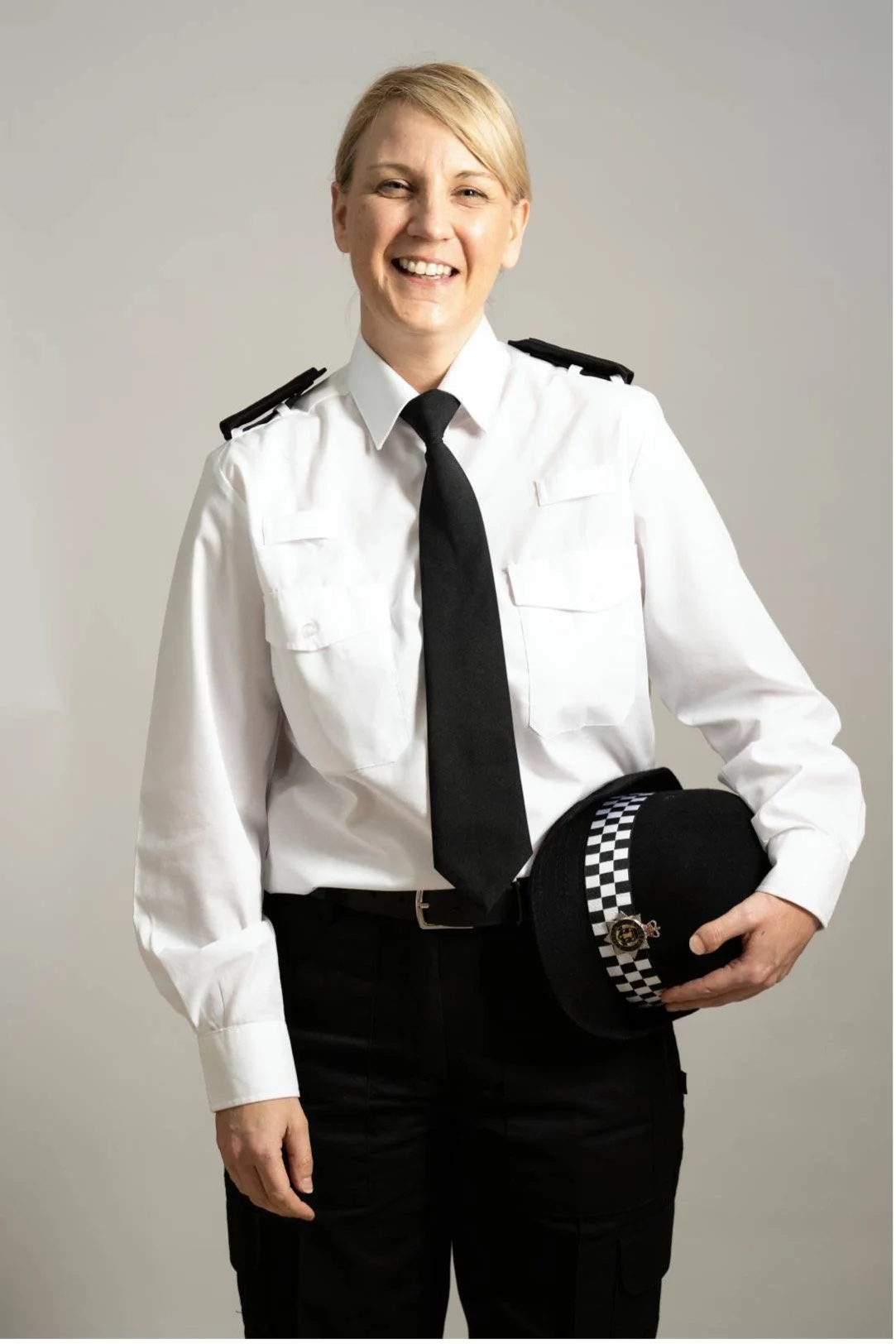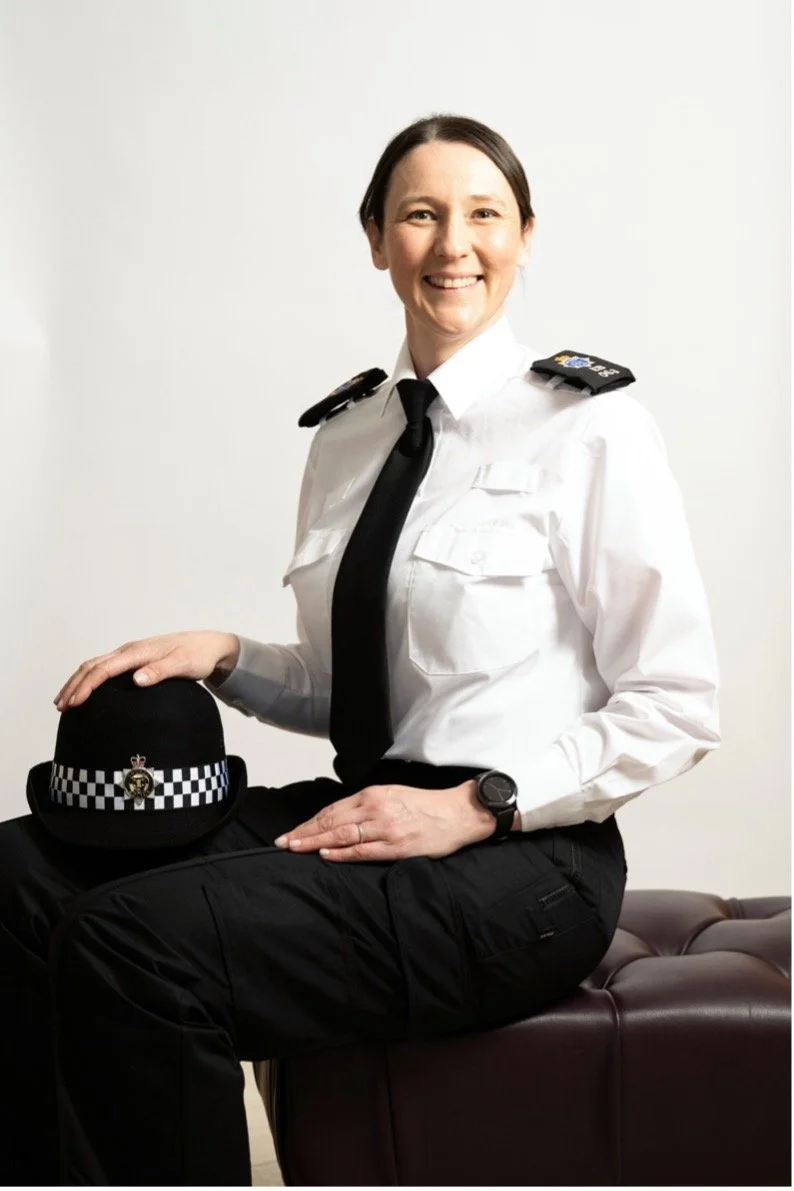Women’s Exhibitions
To coincide with the Women's Policing timeline exhibition at the museum, this online exhibition showcases additional material relating to the content onsite.
Police employed its first Matron, primarily to look after women prisoners and children. Such duties had previously been carried out by police officer’s wives. Hastings and Brighton Police followed suit in 1908 and 1909 respectively.
First paid female police staff in Sussex
1907
The outbreak of war in July led to large numbers of police officers, who were military reservists being recalled to fight. In response the Special Constables Act is passed allowing specials (part time unpaid civilian volunteers with police powers) to be recruited for the duration of the conflict and a recruitment drive begun.
National Special Constable’s Act
August 1914
Special Constables Act 1914.
Formation of the Women Police Volunteers (WPV)
September 1914
In response to women being prevented from becoming special constables, Nina Boyle, a militant suffragette and Margaret Darmer- Dawson, a constitutional feminist, established the Women Police Volunteers in London. Training and uniforms were given, but the WPV had no powers and were not officially part of the Met. Police. Their main role was patrolling areas where prostitution was common, to deter women from this activity.
“The Common Cause” 6th November 1914.
Split between Nina Boyle and Margaret Darmer - Dawson
February 1915
Margaret Darmer Dawson leaves the WPV and forms the Women Police Service (WPS), taking many women with her. The WPS organisation trained 1080 women. Some were employed by provincial police forces as unattested (without police powers of arrest etc.) Throughout 1915 the Women Police Volunteers in London rapidly declines, leaving the only active branch in Brighton.
Establishment of first Women Patrol Committee in Sussex
February 1915
Chichester forms first Women Patrol group in Sussex followed by other areas, with especially large groups in Brighton and Eastbourne.
Establishment of the Brighton Police Women Volunteers
March 1915
Mary Hare, a teacher for the deaf and previous member of the WPV in London, establishes the Brighton WPV. Though unattested and separate from the official Brighton Police, they represent the first uniformed “policewomen” to patrol in Sussex. They do not have the support of the Brighton chief constable.
Brighton WPVs practicing first aid, 1915
Mary Hare, probably when she was in London WPC, c.1914. Image courtesy of the Mary Hare Foundation
Appointment of the first warranted police woman in the UK
December 1915
Edith Smith, a previous member of the WPS is sworn in as a warranted police officer in Grantham, Lincolnshire and given powers of arrest.
PC Edith Smith. Image courtesy of Lincolnshire Police
Against a backdrop of hostility from the Chief Constable of Brighton William Gentle, the Brighton WPV ends its activities. Gentle, however supports the work of the un- uniformed Women’s Patrols, who he regards as less of a threat.
Demise of Brighton WPV
1916
First unattested policewomen are employed in Sussex
July 1917
As part of an experiment East Sussex Constabulary employs two WPS policewomen to patrol the area around Bexhill, which contained large military camps. Though not sworn in as officers, they represent the first official paid uniformed “policewomen” in Sussex. However, they are only employed until 1919. After this East Sussex Constabulary does not appoint any more policewomen until 1942.
The two WPS policewomen (immediately behind the woman in a khaki uniform) employed in Bexhill by East Sussex Constabulary at the town’s Peace Day parade 19th July 1919. Image courtesy of Bexhill Museum.
June 1918
1917-1921
First women sworn in as police officers in Sussex
Women were attested across Sussex Constabularies:
June 1918- West Sussex: two paid special constables confined to clerical duties.
July 1918- Brighton Borough: two special constables on patrol.
July 1919- Hove Borough: two full time constables: Dorothy Watson and Mabel Read.
May 1921- Eastbourne: Joan Heywood with no warranted power until 1923.
Article from Chichester Observer. 13th February 1918.
Mabel Read receiving her Jubilee Medal from the Mayor of Hove, 1936
First policewoman appointed in West Sussex Constabulary
November 1919
Gladys Moss is appointed the first female officer in West Sussex Constabulary, not employed as a special constable and not confined to clerical work. She became the first woman policeofficer in Sussex to ride a motorcycle. She remained the only female officer in the force and was not replaced when she retired in 1941.
Gladys Moss riding a motorcycle, c.1930. Image courtesy of Malcom Barrett.
The Sex Disqualification Act is introduced nationally
1919
A person can no longer be disqualified from holding a public post because of their sex or marital status. This should have improved opportunities for women in the police, however much depended on the attitude of individual chief constables. The low numbers of women officers across Sussex until the second world war show it made little difference.
Baird Committee investigates the employment of policewomen
1920
The committee report finds that out of the 183 police forces in England and Wales, only 43 employed a total of 238 women officers, many of which were not attested. Despite recommendations to employ more women and give them full powers, little was done.
September 1921
Last policewomen in Brighton resigns
Since the first paid special constables in Brighton were appointed in 1918, there had been a problem retaining staff, possibly due to the attitude of the chief constable. The last paid woman constable left in 1921 and was not replaced until 1942.
Parliamentary cuts to public expenditure are dubbed ‘The Geddes Axe’
1922
The national policing budget is reduced. In Brighton Police, East Sussex Constabulary and Hastings Police, this appears to have been used as an excuse to not employ any women officers.
1926
Numbers of police women still low
Despite the gains made during the first world war national and regional numbers of policewomen are still low and have been reduced. There were 2 officers each in Eastbourne and Hove forces and 1 in West Sussex. There were none in the Brighton, East Sussex or Hastings forces.
Elizabeth Saunders joins Eastbourne Borough Police
1927
Elizabeth Saunders joined Eastbourne Borough Police from Oxford City Police and proved to be a very conscientious officer. She retired in 1938 having achieved the rank of Inspector.
Elizabeth Saunders, 1930s. Image courtesy of Kevin Gordon.
Statutory Regulations, including marriage bar for policewomen introduced
October 1931
For the first time women constables were given uniform terms across England and Wales, guaranteeing the same rates of pay and working conditions.
However married women were prevented from being policewomen and single women had to resign on marriage. Only women between 22 and 35 could join the police.
Hastings Borough Police appoints its first policewoman
1937
After a 15-year campaign by local groups including the National Council for Women, Hastings Borough Police finally appointed a policewoman, Joan Edwards.
Establishment of Womens Auxillary Police Corps or WAPC
August 1939
The Women's Auxiliary Police Corps (WAPC) is established, for women between the ages of 18 and 51, to help support police forces should war break out. Members of the WAPC are restricted to clerical and other support roles.
Cloth embroidered shoulder badge of the WAPC. Image courtesy of James Trevish.
1940
First WAPC units are established in Sussex
Hove establishes a WAPC of 20 women, 10 of which are attested.
East and West Sussex Constabularies also create WAPC units, but mainly with existing support staff. Brighton Police formed a unit in late 1941 and Eastbourne and Hastings Police both in mid 1942.
Elizabeth Yool in Eastbourne WAPC, c.1945.
Brighton WAPC staffing the Police Ambulance, 1942. Image courtesy of David Rowland.
West Sussex Constabulary Chichester and HQ WAPC.
Hastings WAPC, September 1944.
East Sussex Constabulary finally appoints first policewomen 24 years after the appointment of the first ones in Sussex
February 1942
Brighton Borough Police appoint first new policewomen for 21 years
May 1942
April 1943
Creation of Sussex Combined Police Force
Under a single more progressive chief constable, J.F. Ferguson, and one police authority, it increases in both the WAPC and regular women police officers took place.
Sussex Police numbers of female officers increase
1944
To increase the number of police women by 6, job adverts were published.
Advertisement for new policewomen for the Sussex Combined Force, 1944.
1945
Increase of woman in police from start of war
Nationally numbers of regular policewomen have increased from 278 in 1940 to 418 by 1945. Numbers in the WAPC stand at 3700.
1946
The WAPC is disbanded
Many in Sussex are employed as civilian staff and others join as regular officers.
1946
The marriage bar is removed.
Married women can now become police officers.
Sussex Police numbers of woman officers increase
1946
There are now 30 regular policewomen serving across Sussex.
The 'Bather' uniform is introduced in the Metropolitan Police
1946
Named after the responsible for introducing it, Chief Superintendent Elizabeth Bather, who also permitted women to wear make-up on duty. It was based on the Women’s Auxillary Air Force uniform from the war. It became standard wear for women officers until the late 1960s. It included a stiffened felt cap, which was used across Sussex until 1971.
WPC Syliva Croake wears the Bather uniform in London, 1955. Image courtesy of West Sussex Constabulary. 110 Years of History. April 1857-December 1967 by Malcolm Barrett.
Women are permitted to join the Police Federation for the first time
1948
The Police Federation of England and Wales is a staff association established by the 1919 Police Act which banned officers from joining a Trades Union or going on strike. It first accepted women members in 1948.
Women permitted to become Special Constables for the first time
1949
In 1949 there was a national recruitment drive to increase numbers of special constables, including. Female specials were appointed in all of the Sussex forces.
Article in Eastbourne Gazette, 17th December 1952.
Janet Bond becomes the first female detective in East Sussex Constabulary
1956
Numbers of female officers in East Sussex still rising slowly
1963
By 1963 there were 16 policewomen in East Sussex Constabulary, one inspector, two sergeants and 13 constables.
East Sussex Constabulary Chief Constable R.E Brefitt with a group of policewomen, 1957. Image courtesy of Sussex Police.
East Sussex Constabulary introduces motor scooters for women officers
1966
East Sussex Constabulary female officers undergoing training to ride scooters, 1966. Image courtesy of Sussex Police.
Further increases in policewomen numbers in East Sussex Police
1967
1967
First all-female traffic patrol in Sussex
In the late 1960s some men’s policing roles are opened up to women in East Sussex Police by the Chief Constable George Terry. This included the Traffic Division. Hazel Waters (later Lane) and Joy.
Christian (later Halliday) became the first female traffic officers in Sussex in 1967.
Hazel Waters (later Lane) and Joy Christian (later Halliday), 1967. Image courtesy of Hazel Lane.
'Hartnell' uniform launched in the Metropolitan Police
1967
Norman Hartnell, couturier to the Queen, designs a women’s uniform in a drive to recruit more young women. It was worn from 1968-73. A new hat is designed by the royal milliner Simone Mirman to go with this uniform. The Hartnell uniform, includes a cape, and double breasted and single- breasted jackets without breast pockets.
Brighton Borough Police officer wearing uniform common across Sussex at the time, in 1967. Image courtesy of Sussex Police.
WPC Hazel Waters in original East Sussex Constabulary uniform, c1966. Image courtesy of Hazel Lane.
January 1968
First female superintendent in Sussex
In 1968, only 4.5% of Sussex Police were women.
The majority of women officers work in the separate Women’s Department, dealing with issues relating to women and children. Career options are limited.
Janet Bond (later Skeef) became the first female superintendent in Sussex.
Janet Bond (later Skeef) the first female superintendent in Sussex. Image courtesy of Sussex Police.
1968
First black woman officer joins the UK police
Sislin Faye Allen joins the Metropolitan Police, serving until 1972. She later rejoins the police force in Jamaica.
Sislin Faye Allen, 1968. Image courtesy of the Met Police.
1968
Sussex Constabulary adopts summer dresses
Sussex Constabulary female traffic officers, Joy Christian and Hazel Lane, wearing lightweight summer dresses, c.1968.
Image from an article in Patrol newspaper (published by Sussex Police) on the adoption of the the summer dress and handbag for Sussex Constabulary female officers, August 1968.
Sussex Constabulary begins to trial the Hartnell uniform and Mirman hat
1970
Sussex Constabulary is one of two police forces to trials the Hartnell uniform. Ultimately the force only adopts the Mirman hat from 1971.
Chichester officers in the Hartnell uniform and the existing uniform. Ultimately, Sussex Constabulary kept the existing style with the addition of the Mirman hat, July 1970.
Sussex Constabulary female police officers, Lynne Harris and Patricia Cook, modelling Hartnell uniforms, May 1970.
1970
Equal Pay Act introduced.
Act to prevent discrimination requiring equal treatment for men and women in the same employment.
Sussex Constabulary introduces trousers for female traffic Officers
1971
WPC Hazel Lane modelling trouser suit for female traffic officers, c.1971. Image courtesy of Hazel Lane.
Sussex Constabulary introduces a summer dress
May 1972
Sergeant Janice Timpson modelling new summer dress, May 1972.
Sussex Constabulary adopts the “Hostess” style hat to replace the Mirman hat.
July 1972
An article in Patrol newspaper (published by Sussex Police) on the new hat for policewomen, 1972.
Sussex Constabulary adopts the “Surrey style” female officer’s uniform.
1972
From left to right, WPCs Jennifer Stokes, Jane Spruhan, and Julia Cross, October 1972. Two are wearing the new “Surrey style” tunic, and WPC Spruhan is wearing the old-style tunic with 4 pockets.
Female officer wearing Surrey Style uniform with male colleague in John Street Brighton, c.1976. Image courtesy of Sussex Police.
1974
First woman mounted officer in Sussex
WPC Ruth Vine becomes the first female mounted officer in Sussex, when she acts as a relief rider for the one horse kept at Brighton.
June 1975
Sussex Police fully integrates its female officers
Six months before the Sex Discrimination Act became law,Sussex Police fully integrates its female officers The majority of women now worked full shifts alongside men for the first time. They had the option to wear trousers on night duty but these were male trousers, resulting in little take up. Small truncheons are routinely issued to women officers for the first time.
As part of the integration programme 3 relatively young in service women were promoted to sergeants to directly supervise men for the first time. This led to some worry within the force and complaints to the local press from others police contsbale’s wives, suggesting their husbands should not be supervised by young women or even women at all.
Sussex Police takes over responsibility for Gatwick Airport and first women officers in Sussex are armed
April 1975
It was not long before some female officers were trained to use firearms at the airport, making Sussex an early pioneer of female Authorised Firearms Officers (AFOs).
Claire Stockham Gatwick AFO, c.1985. Image courtesy of Sussex Police.
November 1975
Sex Discrimination Act introduced
Makes discrimination on the basis of sex unlawful and works to create equality of opportunity between women and men.
There were still only 182 women officers in Sussex Police
1976
Sussex Police introduce trouser suit uniform for female officers
July 1976
In 1976 Sussex Police introduced a trouser suit uniform, for female officers to wear during the winter and at night all year round. Its use was short lived and the Surrey Style uniform, complete with skirt remained the standard all year round uniform for women until the mid 1990s. Women were still permitted to wear trousers at night over the winter but these continued to be ill fitting male versions, not suited at all to females.
An article in Patrol newspaper (published by Sussex Police), July 1976.
First woman to be assistant chief constable rank anywhere in the UK
1983
Alison Halford is appointed an assistant chief constable in Merseyside Police, the first woman to hold this rank anywhere in the UK. She later sued the force for sexual discrimination after failing in repeated attempts to gain promotion.
Nationally and in Sussex, a reinforced “bowler” style hat is introduced
1985
Women’s reinforced “bowler” style hat is introduced in Sussex and nationally for greater protection. Why do you think there was better protection of police officers?
Angela Turner is appointed County Commandant of Sussex Police Special Constabulary and was responsible for a team of 670 people, mainly man
1985
An article in Patrol newspaper (published by Sussex Police), December 1985.
First woman to join the Sussex Police Mounted Unit
1985
Jan Lavis, 1985. Image coutresy of Sussex Police.
Sussex Police trains its first women Traffic Officers to ride heavyweight motorcycles
1987
An article in Patrol newspaper (published by Sussex Police), 1987.
Formation of the British Association for Women in Policing
1987
Established as the only British organisation to support policewomen of all ranks and work towards gender equality.
WPC Caroline Shipp became the first woman Advanced Traffic Motorcyclist in Sussex
1990
An article in Patrol newspaper (published by Sussex Police), June 1990.
Elizabeth Neville becomes the first female chief officer in Sussex
New Sussex Police equal opportunities policy is agreed
1991
Elizabeth Neville at the announcement of her appointment in October, with the Deputy Chief Constable Tony Leonard, in September 1991.
Carol Pople becomes the only serving female superintendent in Sussex Police
1992
An article in Patrol newspaper (published by Sussex Police), January 1992.
Trousers are routinely issued to female officers in Sussex for day and night use
1992
Female officers in Sussex no longer have to wear skirts and consequently have trousers with truncheon pockets, so have the option of carrying full sized truncheons, thus replacing smaller ones carried in handbags.
‘Women’ prefix dropped for female officers in Sussex
1994
From now on female police officers in Sussex Police are called Police Constables or PCs and not Women Police Constables.
Quote from ACC Elizabeth Neville:
“The move is in recognition of the fact that women officers are in every way performing the same role as their male colleagues. We do not see any need to use the prefix.”
Side Handled batons issued in Sussex to all officers
1994
With the introduction of the side handled baton in Sussex Police male and female officers for the first time routinely have the same truncheon as the men.
1995
First Female Chief Constable appointed.
Pauline Clare is appointed to lead Lancashire Police and becomes the first female Chief Constable in the U.K.
Pauline Clare, Chief Constable of Lancashire Police. Image courtesy of Lancashire Police
Maria Wallis becomes the second female assistant chief constable appointed in Sussex
1995
Maria Wallis in uniform of deputy chief constable. Image courtesy of Sussex Police.
There are 472 female officers in Sussex, making up 15% of the service
1998
Introduction of identical fleece jackets for male and female officers.
2000
This brings female uniform more into line with that of male officers, as these jackets are an alternative to wearing tunics.
DCC Olivia Pinkney wearing the latest version of the jacket introduced in 2000 for female and male officers, 2016
Maria Wallis becomes first woman to lead Sussex Police
2001
2002
Sussex Police cease wearing tunics
Officers are no longer permitted to wear tunics for anything other than ceremonial occasions, because of the need to wear body armour. This brings male and female uniform much closer together, though female officers still have the option of wearing skirts.
PC Olivia Crane in 2009 wearing a stab vest and white shirt that became standard uniform for women officers after 2002.
First woman to join Sussex Police Specialist Search Team
2005
Lorna Denison Wilkins becomes the first woman to join the Specialist Search Team since it was formed in 1965.
PS Lorna Denison Wilkins. Image courtesy of Sussex Police
22% of officers in Sussex are now women, totalling 695 female officers.
2005
Only woman chief superintendent in Sussex retires
2007
Carol Pople retired at the rank of chief Superintendent but she was the only woman to hold this rank in Sussex and at the time there was only one female superintendent.
2009
Evolve Sussex is established
Professional support network working to improve gender equality supporting both mem and women working for Sussex police.
Women now represent 28% of the officers in Sussex, totalling 925 female officers
2010
May 2010
Sussex Police adopt unisex uniforms
Sussex police officers wearing uniform of black polo shirts and cargo trousers that has changed little since its introduction in 2010, 2021. Image. Courtesy of Sussex Police.
Olivia Pinkney becomes via Pinkney. Image courtesy of Sussex Police second female deputy chief constable of Sussex Police
2014
DCC Olivia Pinkney. Image courtesy of Sussex Police.
2015
Challenge 100 Event
Sussex Police hold a Challenge 100 Event, challenging other police forces to celebrate 100 years of women policing. The Old Police Cells Museum hosted an event to celebrate this milestone.
Sussex Police Challenge 100 Event, 2015. Image courtesy of Sussex Police.
2017
Sussex Police join HeForShe
Sussex Police joins the UN Women HeForShe gender equality movement in a commitment to take action against gender discrimination and violence.
2018
Sussex Police issue caps to female officers
Sussex Police give female officers the choice of wearing caps or bowler style hats when in uniform. The re- enforced bowler hats are still required for public order policing.
PC Emma Hatt wearing cap, 2020. Image courtesy of Sussex Police
Sussex Police adopts gender neutral warrant numbers
September 2018
From 1968 officers had different letter prefixes in front of their warrant numbers, A for male officers and B for female officers, followed by the first letter of their surname. All new recruits are given a number starting EA regardless of sex or gender identity. When 999 numbers have been issued, the prefix will change to EB. Existing officers were given the option of replacing their numbers with EA prefixes.
Jo Shinner is appointed Deputy Chief Constable of Sussex Police
2018
Jo Shiner as DCC of Sussex Police. Image courtesy of Sussex Police
Julia Chapman is appointed assistant chief constable of Sussex Police
2019
First female Chief Constable of Sussex Police appointed
July 2020
Jo Shiner becomes the first permanent female Chief Constable of Sussex Police. At the same time one of the existing assistant chief constables, Julia Chapman was promoted to deputy chief constable.
Formal appointment of Jo Shiner as the first permanent female Chief Constable in Sussex. Image courtesy of Sussex Police.
DCC Julia Chapman.
In collaboration, Sussex and Surrey Police are recognised as a Top 50 employer of women.
2020
In Sussex Police nearly half of all recruits are female
2021
Sussex Police new recruits, February 2020. Image courtesy of Sussex Police.
The proportion of woman officers in Sussex Police continues to grow: January- 53% were women March- 34% were women
2022
PC Chloe Cressey joined April 2022. Image courtesy of Sussex Police
PC Amanda Archer Simmonds Joined April 2022. Image courtesy of Sussex Police.
PC Lisa Croydon-Miles joined April 2022. Image courtesy of Sussex Police.
Half of all superintendents in Sussex Police are women.
August 2022
Nearly half of all superintendents in Sussex Police are women. There are 3 female chief superintendents out of 6 and there are 7 female superintendents out of a total of 16.



